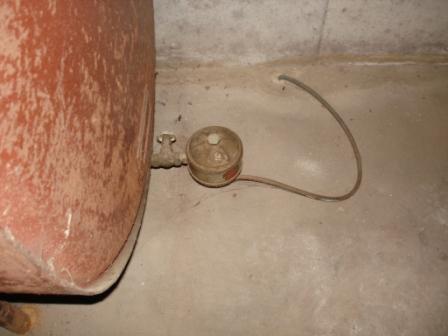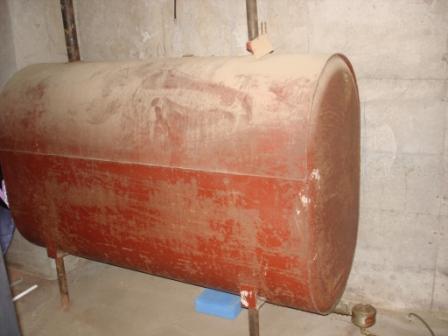Inspecting Oil Tanks



Many homes use fuel oil for furnaces and hot water tanks. We see oil tanks in the basement, utility room, or outside. Most home inspectors, including myself examine these tanks for condition but warn our clients that leaks may be present in other areas, especially the fuel line from the tank to the appliance. Underground tanks obviously cannot be evaluated and purchasers should proceed with extreme caution. Per the EPA, the average cleanup is $130,000. There have been 535,320 confirmed releases. 513,481 cleanups have been initiated. Some home inspectors advised their clients, if possible, to remove oil tanks, evaluate the area around the tank, including the supply line and use either natural gas, propane, or electric. The picture above shows oil mixed with water coming up from the basement floor. This house had an oil tank that was removed. The newer furnace with integrated air conditioning had a condensate discharge pipe that was draining under the floor. The condensate was mixing with the oil under the floor as you can see in the photo. Of course, there is no way to determine how much oil was under the floor. Every inspector has their own feelings on residential oil tanks; however here are some things that will help you in the field:
- Oil supply pipe supplying the unit should be at least 3/8” in diameter
- If copper is used it should be Type K or L
- The tank should be at least 5 feet from the appliance
- The tank should have a fuel gauge
- The pipe should be protected from damage
- Supports should be less than 6 feet apart
- A shut-off valve should be installed between the tank and the appliance
- An oil filter should be installed
- Maximum tank size should be 660 gallons
- The tank should be supported with non-combustible legs on a concrete pad
- Underground tanks are not recommended, however they should be 1’ away from the house and covered with 1’ of soil
- Outdoor above ground tanks should be at least 5’ from the house
- Indoor tanks have a serviceable life of about 30 years, outdoor tanks about 20 years
Related Articles:
- Inspecting Gas Pipe Installation
- Direct Vent Gas Fireplaces Clearances
- Smoke & Heat Detector Placement: How To Properly Advise Your Clients
- Looking For Back Draft
Want To Learn More? Click HERE to Search Our Full Database Of Home Inspector Newsletters.



